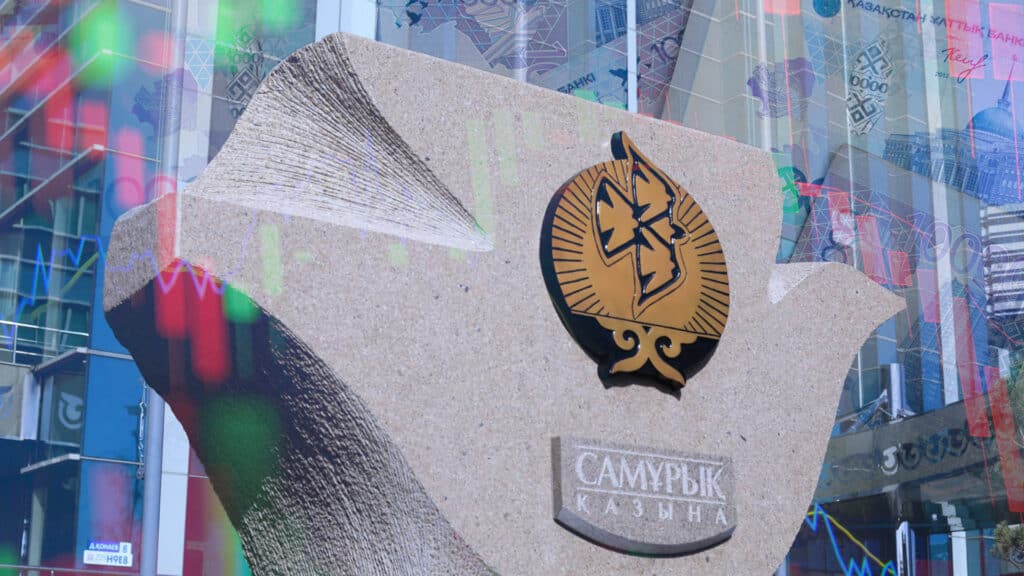Samruk-Kazyna reports a 10% decline in profit

Last year, the consolidated net profit of Samruk-Kazyna shrunk by 10.3%, dropping to $4.5 billion. The holding has already notified the Kazakhstan Stock Exchange (KASE) about this financial result.
The rate decline was primarily caused by an increase in net loss driven by 4.5-time depreciation and an increase in other operation costs. Financial expenditures have also risen, reaching $1.5 billion, while the net profit of joint ventures and associated companies reported a 1.5-time decline to $2 billion. At the same time, gross revenue and profit from operational activities have shown insignificant growth. The company also reported a 4.1% increase in revenue (to $33.1 billion) compared to 2022. Public subsidies rose by 14.3% to $131 million.
In January, CEO of Samruk-Kazyna Nurlan Zhakupov said that the holding’s net profit was about $4 billion, citing preliminary data.
Assets grew by 9.8% to $79.3 billion due to a 2.5-time increase in other long-term assets along with a twofold growth in the number of issued lending facilities and investments into financial leasing (current assets). Equity capital of the holding grew by 10.1% to $46.7 billion driven by a twofold increase in noncontrolling interest (to $9.8 billion) and growing undistributed revenue ($22.2 million).
The liabilities of Samruk Kazyna grew by 9.8%, reaching $32.6 billion. The amount of loans obtained from the government, for example, has risen threefold to $23.6 million. Other current liabilities reached $2.4 billion, which is a nearly three-time increase over 2022. Liabilities related to assets for sale rose by 50.5% to $3.3 billion.
For example, KazMunayGas, the national oil company controlled by Samruk-Kazyna, has sold a 50% stake in Kalamkas-Khazar Operating to Russian Lukoil for $200 million. In addition, Samruk-Kazyna Ondeu has sold a 40% share in Kazakhstan Petrochemical Industries (KPI) to another Russian company Sibur Holding for $180 million.
In terms of payments, the sovereign fund transferred $989 million, including $511 million in dividend payouts to the government for 2022; $144 million to the Qazaqstan Halkyna Fund and $215 million in additional dividends from undistributed profit.
For comparison: Samruk-Kazyna paid $649 million to the government ($365 million in dividends) in 2022, $335 million in 2021 and $387 million in 2020.
In mid-May, the fund informed KASE about its intention to place 1,000 common shares for $524,393 per item. The Committee of State Property and for Privatization under the Ministry of Finance, the sole shareholder of the fund, is going to buy them all. As of today, there are 3.48 billion common Samruk-Kazyna shares on the market. The number of authorized shares reached 3.5 billion items.
The Sovereign Welfare Fund Samruk-Kazyna was established in 2008 by merging Sustainable Development Fund Kazyna and Kazakhstan’s Holding for Management of State Assets Samruk. The government also transferred its shares in several other enterprises to the fund.
According to the country’s legislation, the key task for the fund is to boost the long-term value of all those entities the fund controls by effectively managing its assets. The fund operates in eight areas: petrochemical, transportation, communication, energy, mining, corporate and the segment that combines all other spheres.

